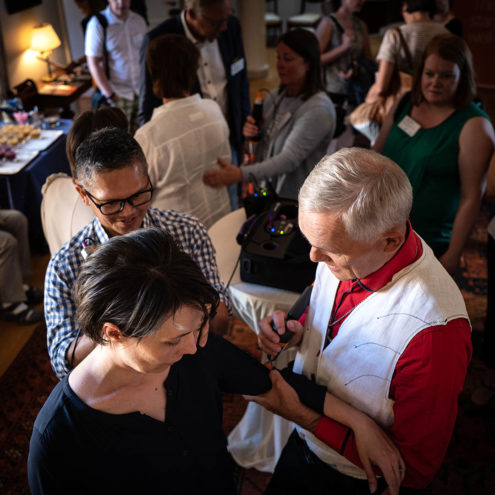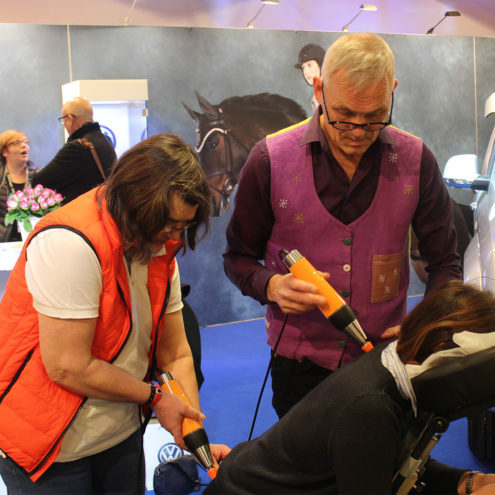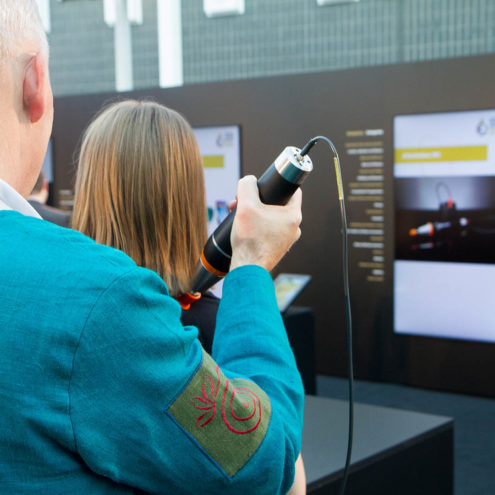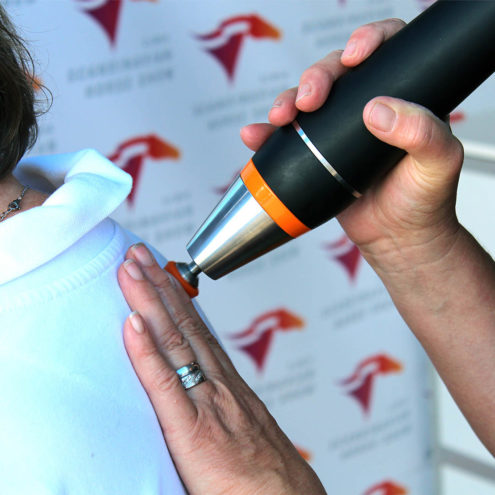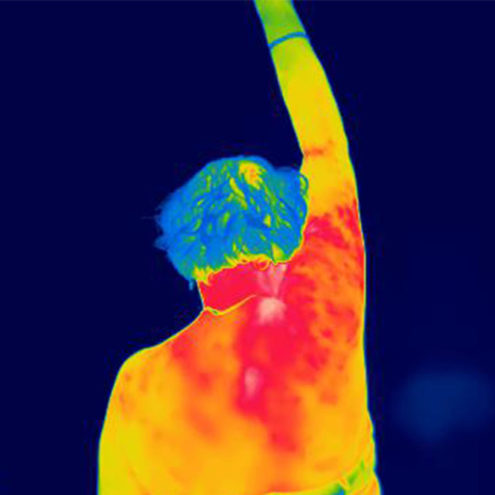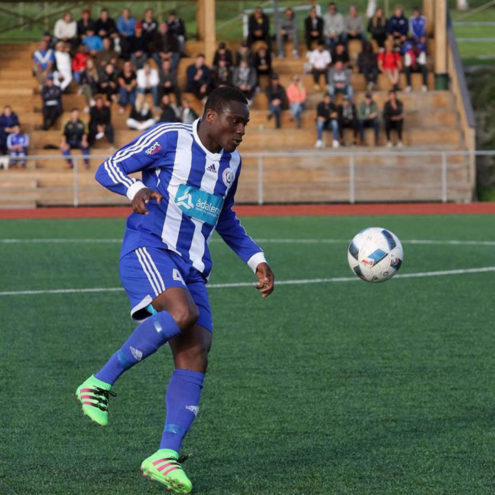Morton’s neuroma treatment
Morton’s neuroma, Morton’s or Morton’s disease is a common cause of pain in the front of the foot. In the foot, nerves extend to the toes and these can become pinched between two metatarsal bones, causing pressure on the nerve, which in turn, when prolonged, can cause a tightening of the fascia around the nerve. Most commonly, the nerve is involved between the second and third toe bones or between the third and fourth toe bones. The problem occurs at all ages.
What causes Morton’s neuroma?
Morton’s neuroma means that one or more of the foot’s nerves leading to the toes becomes irritated due to increased pressure on the nerve. The nerve becomes trapped between two metatarsal bones. Nerves are surrounded by fascial sheaths and increased pressure on a nerve over a long period of time causes the fascia around the nerve to become denser, and eventually the sheath becomes thicker, causing fibrosis around the nerve. Sensation from the toes can be impaired, hence the numbness, and pain signaling increases discomfort around the foot and ankle.
Why do you get Morton’s neuroma?
Tight and incorrect footwear can cause Morton’s. A sunken arch also increases pressure on the nerves in the foot and can cause the problem.
Morton’s neuroma – Symptoms?
The symptom of Morton’s neuroma is pain in the front part of the foot. The pain can be very intense and may feel like a burning or cutting pain. The front of the foot may also periodically feel numb and have less sensation. The pain is aggravated by weight-bearing or tight shoes, which increase the pressure on the nerve.
Morton’s neuroma and pregnancy
Pregnancy causes the fascia to be affected by the hormonal changes. It changes and becomes softer and less stable. The increased stress and softening of the fascia can cause the arches to change shape and lose their elasticity. This in turn can increase pressure on nerves in the foot and cause Morton’s.
When and where should I seek treatment for Morton’s neuroma?
Fascia treatment can reduce the compression of the foot’s fascia and reduce pressure on the nerves. At a Fascia Clinic, you get a review and an analysis of the body’s balance and a fascia treatment means that the body ends up in a more correct balance and the flow in the fascia starts. All in all, this reduces the pressure on the nerves and thus the pain.
How is Morton’s neuroma treated?
A FasciaClinic analyzes the body’s load and relieves uneven pressure. The flow in the fascia improves and uneven pressure on nerves and joints is reduced.
Morton’s neuroma – What can I do myself?
Try to go barefoot a lot, it trains the strength of your feet and arches. Wear good, wide shoes, certainly not too tight or too narrow shoes. Shoe inserts are often recommended to raise the arch and reduce pressure on the nerve. At the same time, it does not provide any exercise to the foot, but it can instead make the arch worse when the insert is removed.
Exercises for Morton’s neuroma?
Try to go barefoot a lot, it trains the strength of the foot and arch. Barefoot foot and toe exercises are good. Practice gripping things with your toes, picking things up with your toes, etc. Put your foot on the floor/ground and press your toes into the floor and arch your foot. Hold for 20 seconds and repeat.
 Search
Search


